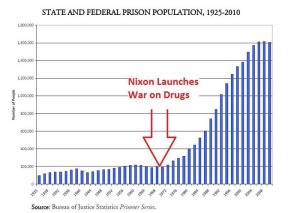My December self-challenge was to read 45 minutes of non-fiction every day. Challenge accomplished.
My January self-challenge was to eat soup, stew, or chili for lunch every day. Challenge accomplished.
My February self-challenge was to exercise a total of 2.5 hours per week. Challenge… failed. Miserably, horribly, sadly, failed.
The month started out well, but as often seems to be the case with my efforts to exercise more, I was unable to sustain it.
Now in my defense, I was stupid to set this as my goal for February. (Yes, I’m using the stupidity defense.) My February included an overnight business trip to Chicago, a four-day business trip to Seattle, a two-day personal trip to Missouri, and a seven-day personal trip to Texas. Getting into a good habit of exercising is challenging when you’re coming and going so often and living out of a suitcase. Granted, it’s also challenging when you’ve spent so much of your life NOT regularly exercising.
So I’m actually going to make March a “Double Challenge” month by carrying my February challenge forward for March, AND adding the March challenge I had already planned. So what is that one?
I have obstructive sleep apnea. I have a CPAP machine I’m supposed to be using every night as I sleep. If you’re not familiar with a CPAP, it’s a mask I’m supposed to wear, strapped to my face, that blows continuous air up my nose and into my lungs to keep my throat from collapsing in my sleep. I’m guessing that most of you know a bit about sleep apnea and CPAPs, but if you don’t, and if you want to know more, there’s a ton of info online.
I struggle to sleep wearing my CPAP, and even when I do go to sleep wearing it, I often wake up to find I took it off during the night.
So here are my self-challenges for March:
- 2.5 hours of exercise/activity a week
- Make a “real effort” to wear my CPAP every night.
I really hope I’m able to discipline myself to do these two things… I’d hate to have to make April a triple-challenge month…


